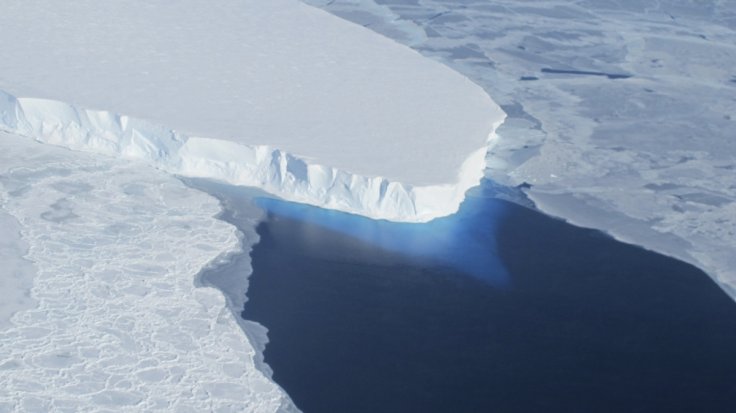
Owing to fact-paced climate change, the sea level may rise twice as high by 2100 as previously estimated, said a NASA study, adding that the estimated increase will be anywhere in the range of up to 65 centimeteres in the next 80 years, enough to affect many coastal cities.
Based on the findings of about 25 years of study conducted by NASA and European satellite data, the study revealed new findings whereby the acceleration would be driven mainly by increased ice melting in Greenland and Antarctica.
"This is almost certainly a conservative estimate," said Steve Nerem of the University of Colorado-Boulder, who led the NASA Sea Level Change study team. The study extrapolated based on assumptions that sea level continues to change in the future as it has been in the last 25 years.
"Given the large changes we are seeing in the ice sheets today, that is not likely," Nerem said. Increasing concentrations of greenhouse gases in Earth's atmosphere trigger the temperature of air and water, resulting in sea level to rise in two ways, he explained.
First, when warmer water expands and this "thermal expansion" of the ocean contributes to almost half of the seven centimetres of global mean sea level rise that has been observed over the past 25 years, Nerem said.
Second, the water from melting ice flows into the ocean making sea level to increase. The rate of sea level rise has risen from about 2.5 millimetres per year in the 1990s to about 3.4 millimetres per year currently, said the study.

The detailed climate change impact has been measured since 1992 by satellite altimeters such as the TOPEX/Poseidon, Jason-1, Jason-2, and Jason-3 missions, which have been jointly managed by NASA, France's Centre national d'etudes spatiales, the European Organisation for the Exploitation of Meteorological Satellites, and the US National Oceanic and Atmospheric Administration (NOAA).
The climate change accelerates further by geological phenomenon. Combining the climate models and other events like the volcanic and the El Nino /La Nina effects, which uncover the underlying rate and acceleration of sea level rise, the study came up with the new and accurate findings.
The study was published in the journal Proceedings of the National Academy of Sciences.









